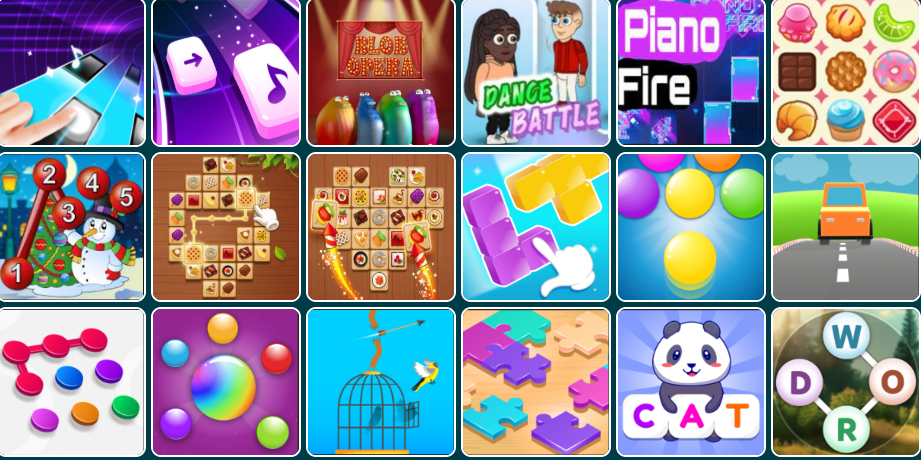Exploring the Factor Game: Strategies, Tips, and Community Insights
Content:
The Factor Game is a popular mathematical activity that helps players understand factors, multiples, and number relationships. Whether youre a student looking to improve your math skills or a teacher seeking an engaging classroom tool, this game offers valuable insights. But what exactly is the Factor Game, and how can it be used effectively? Lets dive into some key questions and explore the answers.
What Is the Factor Game?
ned. The game reinforces concepts like greatest common divisors (GCD) and least common multiples (LCM).
Possible Questions About the Factor Game

1. How do you win the Factor Game?
2. What strategies can help improve your score?
3. How is the Factor Game used in education?
4. Can the Factor Game be adapted for different skill levels?
Let’s address these questions one by one.
# 1. How Do You Win the Factor Game?
Winning the Factor Game requires a mix of logic and strategy. Players should prioritize selecting numbers with fewer factors to minimize the opponents score. High composite numbers (e.g., 12 or 18) often provide more points but also give the opponent more options. Additionally, controlling the game by forcing the opponent into lowscorer numbers (like primes) is a key tactic.
# 2. What Strategies Can Help Improve Your Score?
Analyze Before You Pick: Always count the factors of potential numbers before selecting them.
Avoid Small Numbers: Numbers like 1 or 2 offer few points and leave the opponent with limited choices.
Use Primes Wisely: Primes (e.g., 3, 5, 7) give fewer points but can limit the opponent’s options.
Go for Multiples of Big Numbers: Numbers like 6, 9, or 12 provide more factors but require careful consideration.
# 3. How Is the Factor Game Used in Education?
The Factor Game is an excellent teaching tool because it makes abstract math concepts tangible. Teachers use it to:
Teach divisibility rules.
Introduce GCD and LCM in a playful way.
Develop critical thinking and problemsolving skills.
n concepts better when they’re actively engaged in games like this.
# 4. Can the Factor Game Be Adapted for Different Skill Levels?
Absolutely! Here’s how:
Younger Students: Use smaller numbers (1–10) to focus on basic factors.
Older Students: Introduce larger numbers or variations like negative factors to add complexity.
Collaborative Play: Team up to discuss strategies, making it a group activity.
Sharing Insights From the Community
Many players have shared their experiences with the Factor Game. One teacher noted, *My students were hooked! They even started creating their own versions with different rules.* Another player added, *It helped me finally understand why GCD is so important in algebra.* These testimonials highlight the game’s versatility and educational value.
Conclusion
The Factor Game is more than just a fun way to pass the time—it’s a powerful tool for mastering number theory. By understanding strategies, adapting for different learners, and sharing insights, players can enhance their math skills while enjoying the challenge. Whether you’re in the classroom or at home, give the Factor Game a try and see how it transforms the way you think about numbers!

